120 Grams Per Hour: Deciphering the 'Carbolution' Craze - A Deep Dive into Physiology and Research
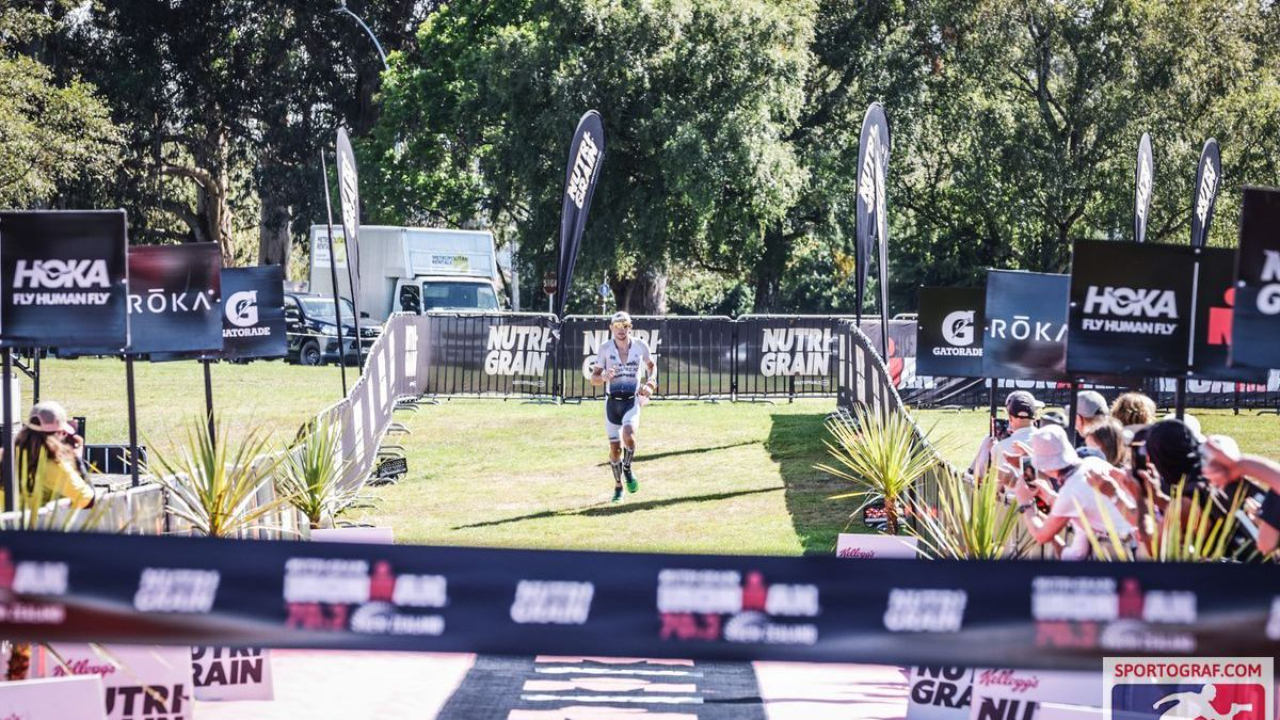

I wrote a blog about the recent research assessing the effects of ingesting carbohydrates at very high rates, >120 grams per hour, during endurance exercise (1, 2). My view of the literature, as discussed in the blog, is that there isn’t yet any compelling evidence that ingesting carbohydrates at these super high rates will improve long-distance triathlon performance, or that it’s worth the logistical hassle and risk of gastrointestinal upset. Indeed, there’s even some evidence that carbohydrate ingestion at rates above 90 grams per hour accelerates muscle glycogen depletion and impairs performance (3, 4).
In this blog, inspired by an engaging Twitter thread authored by Prof. Tim Noakes and Iñigo San Millán, I'll delve into the metabolic outcome of ingesting 120 grams of carbohydrates per hour. Through this exploration, I aim to reinforce the perspective that such elevated carbohydrate intake rates might not justify the risk for Ironman triathletes.
Peak ...
Sodium intake during endurance events: How precise should we be?

Discussion of electrolyte losses in sweat and the perceived need to supplement with sodium during competition is ubiquitous in endurance sport. Particularly triathletes. According to a recent survey, the vast majority of endurance athletes reported that they think they should be replace sweat sodium losses during racing (5). However, is it really something we need to worry about? In this blog, I will briefly describe the state of the evidence regarding sodium supplementation during endurance competition and outline why I think that ingestion of some sodium during competition is important, but also why I don’t think the majority of endurance athletes need to agonise over the details of their sodium supplementation regimen. If nothing else it’s going to reduce the number of decisions you have to make, so strap in!
Sodium losses in sweat
First things first, what is sodium? Sodium is an electrolyte found in the body and is crucial for many physiological functions. The movement of positiv...
Jan Van Berkel - The Fat Adapted Healthy Athlete: Visceral Fat and It's Relationship to Health and Performance
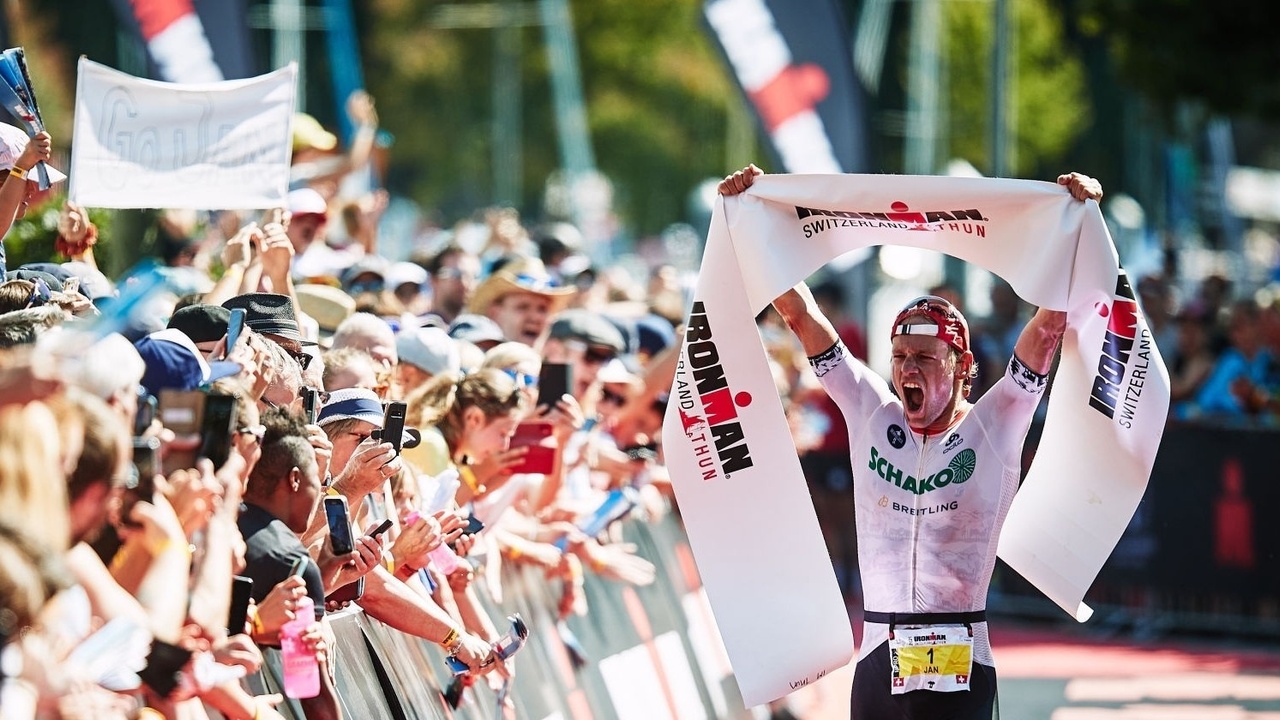
How to train for cycling in long-distance triathlon: The Basics

We all know that being strong on the bike is critical to the success of any long-distance triathlete. But how do we train for it? In this short blog, we’ll briefly describe the main session types when training for the cycling leg of long-distance triathlon. For much more detail, check out our courses; LDT 102 on training programme fundamentals and LDT 104 on training monitoring.
At EndureIQ, we promote a three-phase model of training planning for Ironman triathlon; a general preparation phase, specific strength phase, and competition phase. In the general preparation phase, our goal is to build a strong aerobic base by accumulating a large overall training volume, whilst also increasing our maximum aerobic capacity with a small number of targeted, high-intensity interval training sessions. We, therefore, aim for a highly polarised overall training intensity distribution, where the vast majority (~85-90%) of our training time is accumulated below the lactate threshold, with perhaps 1-2...
Heat Training to Improve Exercise Performance in Cool Conditions
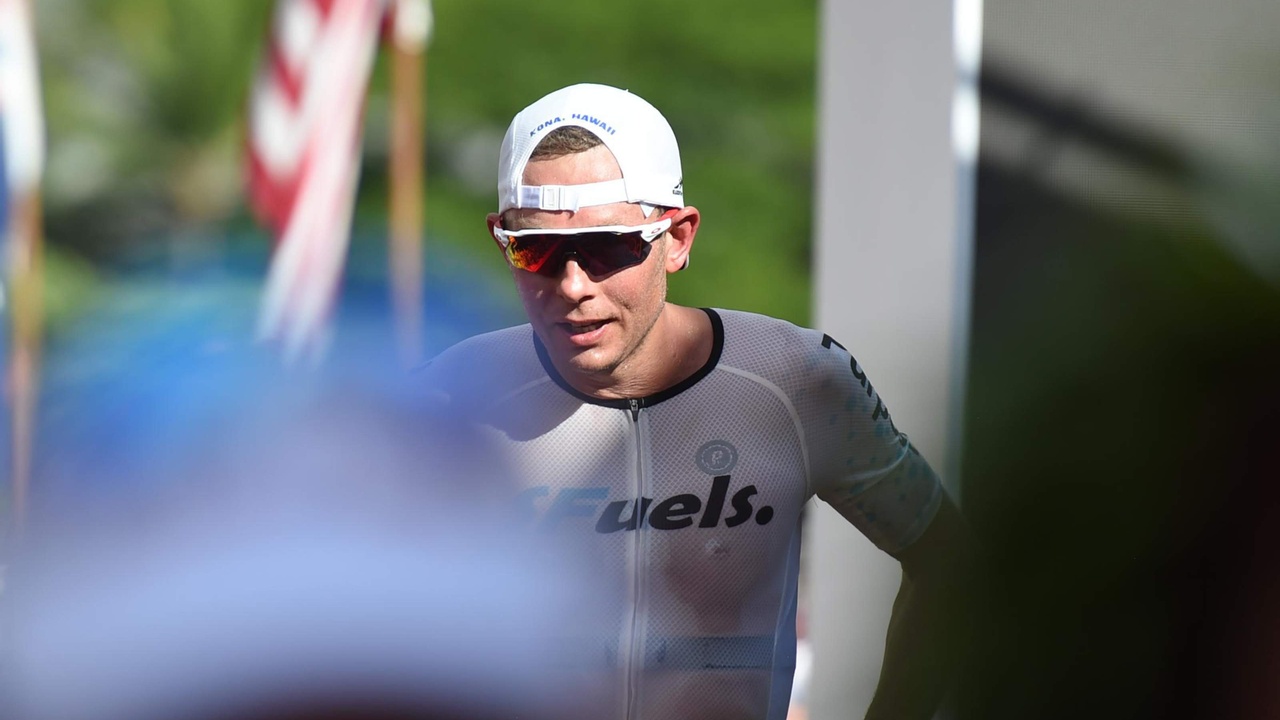
One topic that has received increasing attention in the scientific and endurance sport community over the last few years is training under environmental heat stress. The benefits of training in the heat in preparation for a competition in a hot environment is well-established (3, 23). That process is called heat acclimatisation (or acclimation when performed in an artificial hot environment like a heat chamber), and is an effective means of improving an athlete’s thermoregulatory capabilities in order to tolerate the stress associated with the dual stresses of competitive work outputs and high environmental stress. That is not what this blog is about. Interested readers are directed to our course dedicated to preparing for long-distance triathlon competitions in hot environments (LDT 103).
In this blog we are instead concerned with whether training under environmental heat stress can be used as an additional stressor in order to promote endurance training adaptations relevant to perfo...
Training intensity distributions: From Polarized to Pyramidal models, specificity is key in Long Distance Triathlon

By Dr. Dan Plews
In the Ironman community, there is a lot of talk about training intensity distribution. In this blog, I am going to cover some of the basics around training intensity distribution, which is one of the key concepts you need to navigate in building up to your race.
What is training intensity distribution?
So, before we can even think about discussing the right training intensity distribution when preparing for an Ironman, it is first important to make absolutely sure we know what the term means. Essentially, when we refer to training intensity distribution, we are talking about how much of the time we spend in different physiologically based training intensity zones. Whilst there is a range of different training zone models, the simplest and most applicable is probably the three-zone model, which is the one we use to quantify training intensity distribution. In the three-zone model, you have two training zone ‘thresholds’, which we refer to as the “lactate threshold” ...
Hill reps and overgearing: What does the science say?
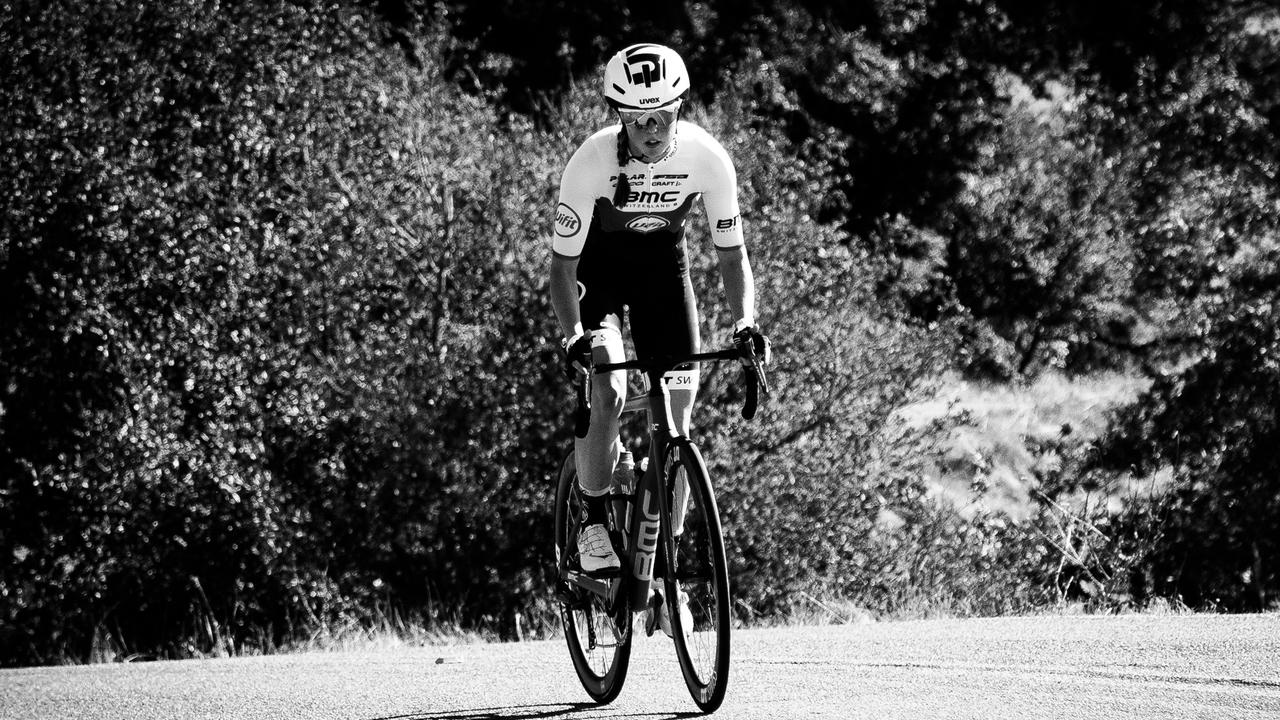
Image by Rook Media
We’ve really been enjoying watching the return of road racing after the pandemic (or somewhat ‘after’), like we're sure many of you are too, and are particularly enjoying watching the athletes at Le Tour grinding up the Alps and Pyrenees in big gears and at massive power outputs. Hill reps are a common part of many endurance training programs, whether that be for running, cycling, or triathlon, and at Endure IQ we are big fans of riding up hills and doing specific overgearing work on the trainer in preparation for a long-distance triathlon (in fact, we dedicate a whole module to this type of training in our three disciplines in our online course LDT 102). We thought now was as good a time as any to review some of the key studies in this field, and whether the available research backs up this type of training prescription.
Specific strength training for endurance athletes
We call this type of work – whether it be riding or running up-hill, or riding on the...
CHO Supplementation for High Intensity Training in LCHF Long-Distance Triathletes: When and How
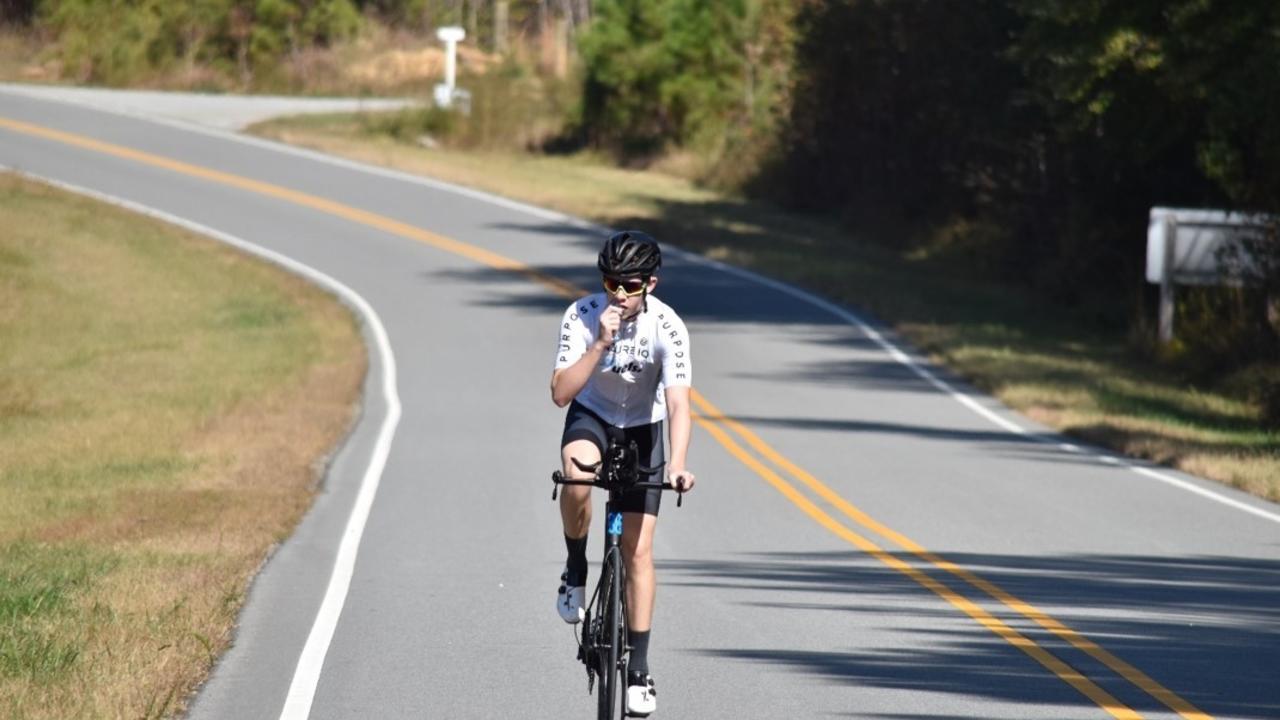
-Dr Dan Plews
By now, I hope all of our current and past LDT101 course enrolees are convinced of how important it is to maximise your capacity to make use of your effectively unlimited fat energy stores during long distance triathlon. As Prof. Grant nicely puts it during the course introduction in Endure IQ LDT101: The Practical Application of Low Carbohydrate Performance for Long Distance Triathlon, “the devil is in the detail!”. In this blog post, I am going to describe specific training situations in which using a small “carbohydrate booster” might be a useful tool in getting the best adaptive bang for your buck.
Background
As we have discussed previously, one of the main anxieties endurance athletes have before making the move to LCHF, is the possibility of suffering a loss of high-intensity performance. The strategy we set out in LDT101 should go some way to alleviating these anxieties but it is no secret that being able to access carbohydrate energy stores is importa...
HRV Guided Training: Maximizing your Training in the Last Phase of the Season
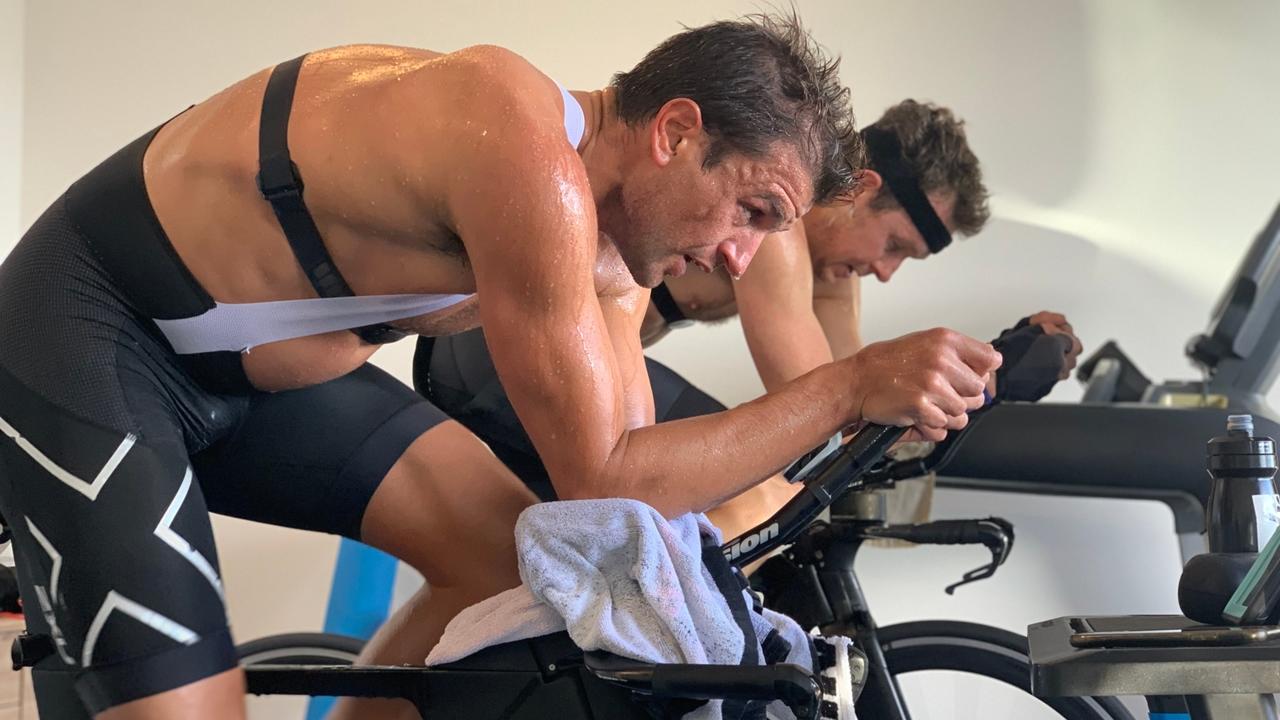
With the race season coming to a close, and the Ironman World Championships just around the corner, many athletes will be squeezing in as many key sessions as possible during this critical training period. But as we sit on a knife’s edge between training “too much” and “too little”, it’s useful to have some objective measurement to ensure we’re maximizing the adaptation from every training session we undertake.
Recently, I was fortunate enough to have contributed to a heart rate variability guided training study with lead author Alejandro Javaloyes (1). The study compared an eight-week cycling training programme prescribed according to either pre-defined block periodization (BP) or guided using heart rate variability (HRV). That is, subjects completed either a mixed programme set out in advance or a programme adjusted on a day-to-day basis via daily heart rate variability measurements using the smartphone application ‘HRV4Training’.
HRV is a measurement of the variability in the time...
Jan Van Berkel: The Ketocop on the Low Carb Healthy Fat Diet

Fresh off the plane from Zurich, I’m still on a high after seeing my good friend and athlete Jan van Berkel finished on top of the podium at the last ever Zurich-hosted Ironman Switzerland last weekend in a blistering time of 8:17:04. Jan likes to call himself The Ketocop, so the title of this blog is very appropriate.
Jan led the field out of the water with a 51:38 swim, led the field off the bike after a 4:35:14, and romped home to a 6-min victory over countryman Sven Riederer after a 2:46:41 marathon. Jan’s victory seems like an appropriate time to talk you through the journey we have been on through his Ironman career to date.
Jan approached me in 2016 as a very talented triathlete with quality results in Olympic distance triathlon but he was struggling to transition to Ironman. He had, as many do, been consistently blowing up in the last 10-15 km of the marathon, full of gels but out of gas. Given his pedigree at the Olympic distance, I certainly could see the potential in...
